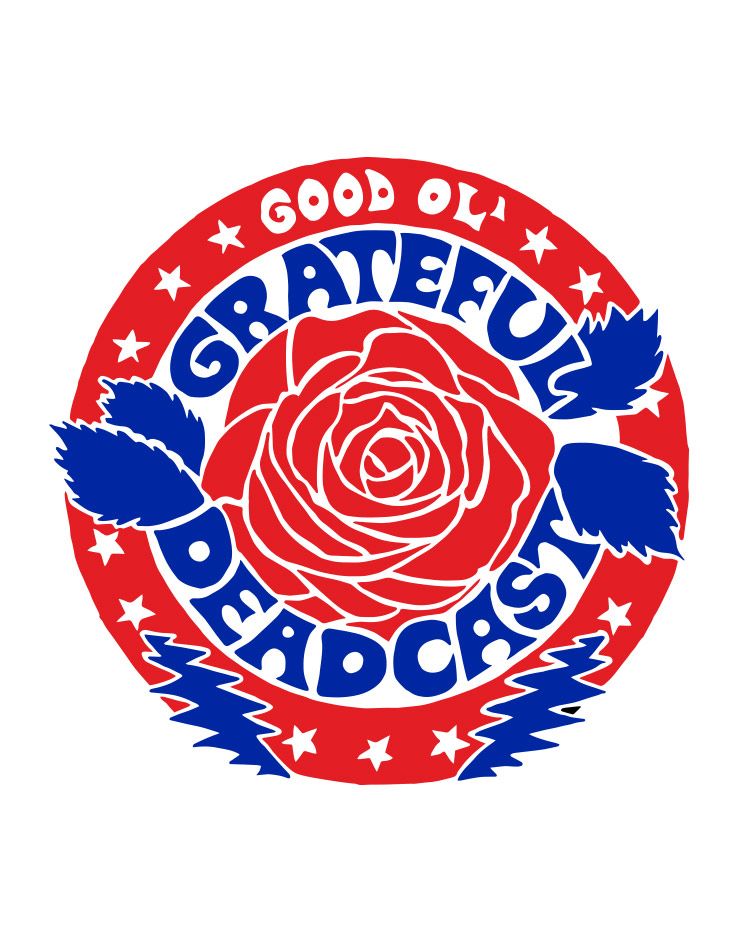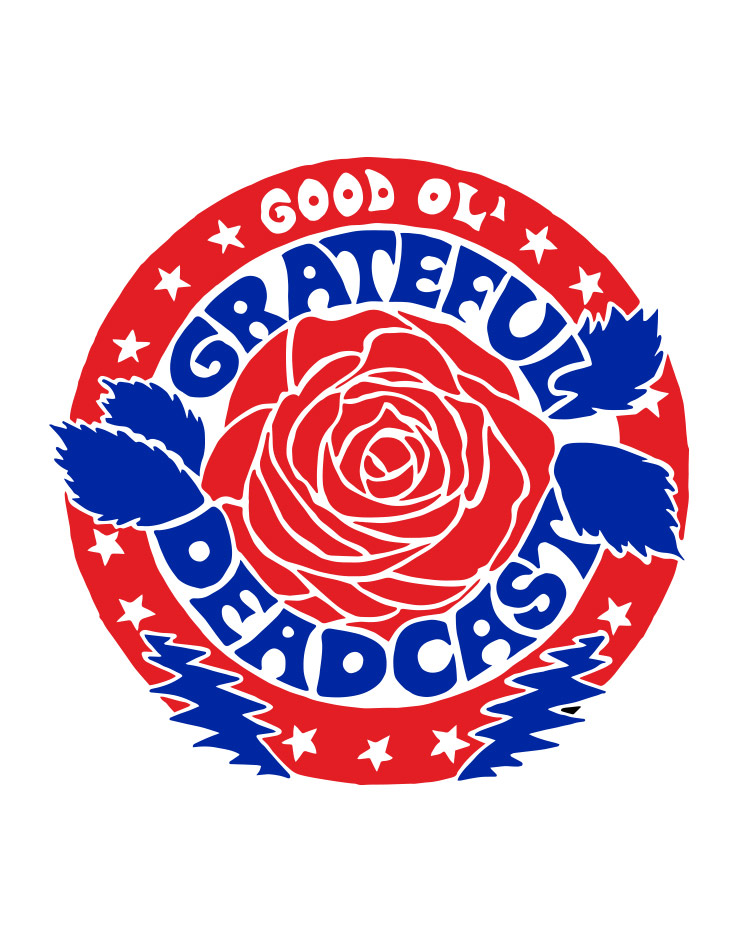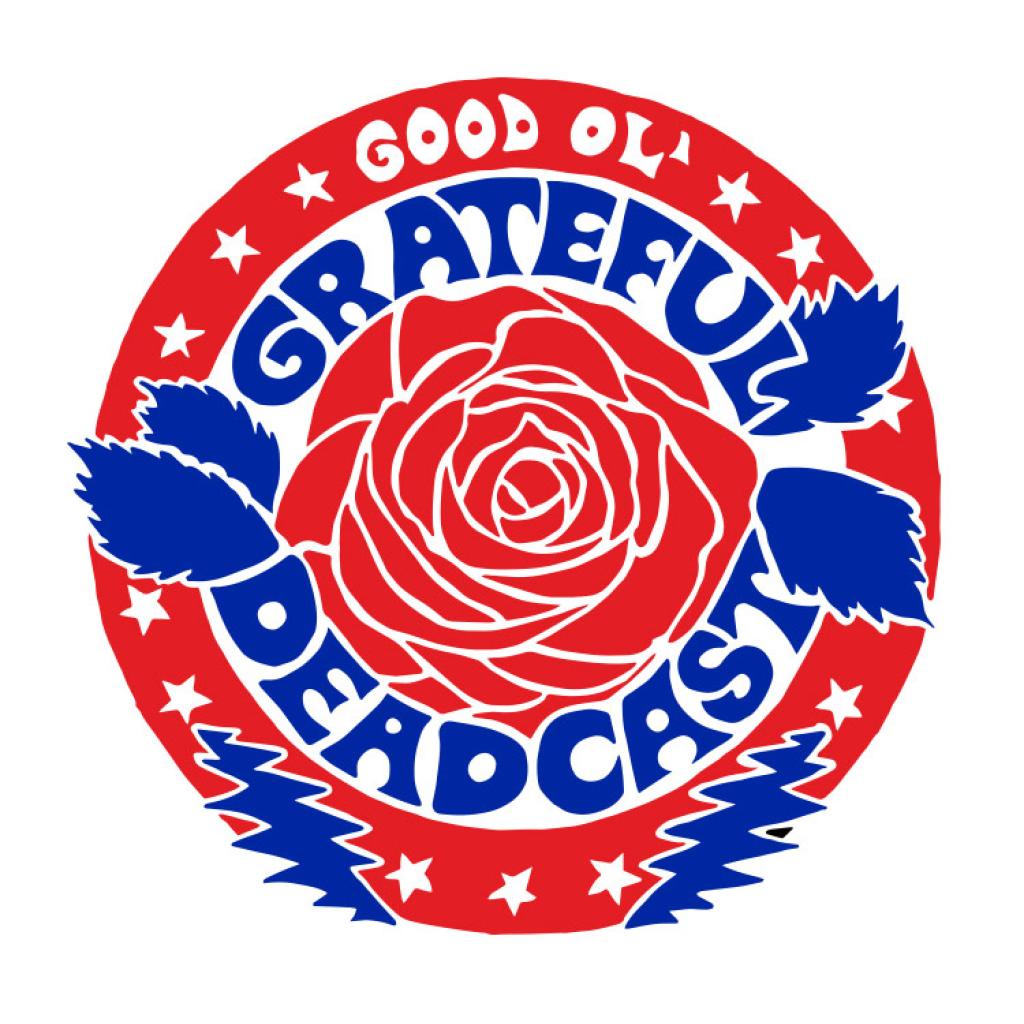The Deadcast trucks into Bill Graham’s Fillmore East, where the Grateful Dead recorded the bulk of Skull & Roses in April 1971, featuring stage crew member Allan Arkush, tour manager Sam Cutler, & a deep dive into “Wharf Rat” with Darkside’s Dave Harrington.


SIDE D supplementary notes
by Jesse Jarnow
The Grateful Dead recorded the majority of Skull and Roses at the Fillmore East in New York in April of 1971. It was one of their favorite places to play from the moment Bill Graham renovated the theater and took it over in 1968 to their very last gigs at the venue -- the shows that became Skull and Roses, as well as the stellar Ladies & Gentlemen, the Grateful Dead 4-CD set.
Robert Cooperman, a regular at the Fillmore East, begins and ends our episode with poems from his beautiful book Saved By The Dead, available from Liquid Light Press. If you enjoyed Bob’s appearances, you will very likely be delighted by his book.
Originally opened as the Commodore Theater in 1926, it was known as the Village Theater in the mid-’60s, and the years before Bill Graham took over featured a diverse billing of rock, folk, jazz, poetry, happenings, dance, and more. Last year, I explored the history of the venue at 105 Second Avenue and put together a chronology of the incredible-sounding shows that happened the Village Theater between 1964 and early 1968, including Lenny Bruce, John and Alice Coltrane, the Jimmy Page-led Yardbirds, and many more
As Allan Arkush tells in this episode, the Fillmore East show was also the site where Bob Dylan and the Grateful Dead alllllllmost first played together in 1971. Dylan didn’t play with the Dead themselves for another 16 years, but there was lots of history between those points. A few years ago, I attempted to untangle the long history of Dylan the Dead.
Later in his career, Jerry Garca took up painting and drawing again. His work almost never referenced his day job in any specific way, except for a drawing that he titled August West.
During the ‘90s, Robert Hunter posted a number of handwritten lyric drafts to his site, HunterArchive.com, including “Wharf Rat,” with a few subtle changes.

Comment
Skull & Roses 50: Side D
This podcast is incredible. Thank you for all your hard work. Keep on Truckin'
wait a min..the GDTRFB coda is NOT part of We Bid you Goodnight
so how exactly is the GDTRFB coda is a part of We Bid you Goodnight... I listened to every single recording in the live archive in order up to March 1971 and continue to do so on a daily basis while exercising. I am no expert but to me the GDTRFB coda developed slowly over many months and was initially connected to several songs but never seemed strongly associated with we bid you goodnight, at least to my recollections, I could be wrong on this but that was my experience... I replied the short live dead version and do not hear it there at all as was mentioned in this otherwise GREAT podcast, but I am confused heheheh listing to the music play did not help me either in this one case!!! I LOVE LOVE LOVE these podcasts and am playing the all but very slowly as they correspond with my archive project




so how exactly is the GDTRFB coda is a part of We Bid you Goodnight... I listened to every single recording in the live archive in order up to March 1971 and continue to do so on a daily basis while exercising. I am no expert but to me the GDTRFB coda developed slowly over many months and was initially connected to several songs but never seemed strongly associated with we bid you goodnight, at least to my recollections, I could be wrong on this but that was my experience... I replied the short live dead version and do not hear it there at all as was mentioned in this otherwise GREAT podcast, but I am confused heheheh listing to the music play did not help me either in this one case!!! I LOVE LOVE LOVE these podcasts and am playing the all but very slowly as they correspond with my archive project
This podcast is incredible. Thank you for all your hard work. Keep on Truckin'